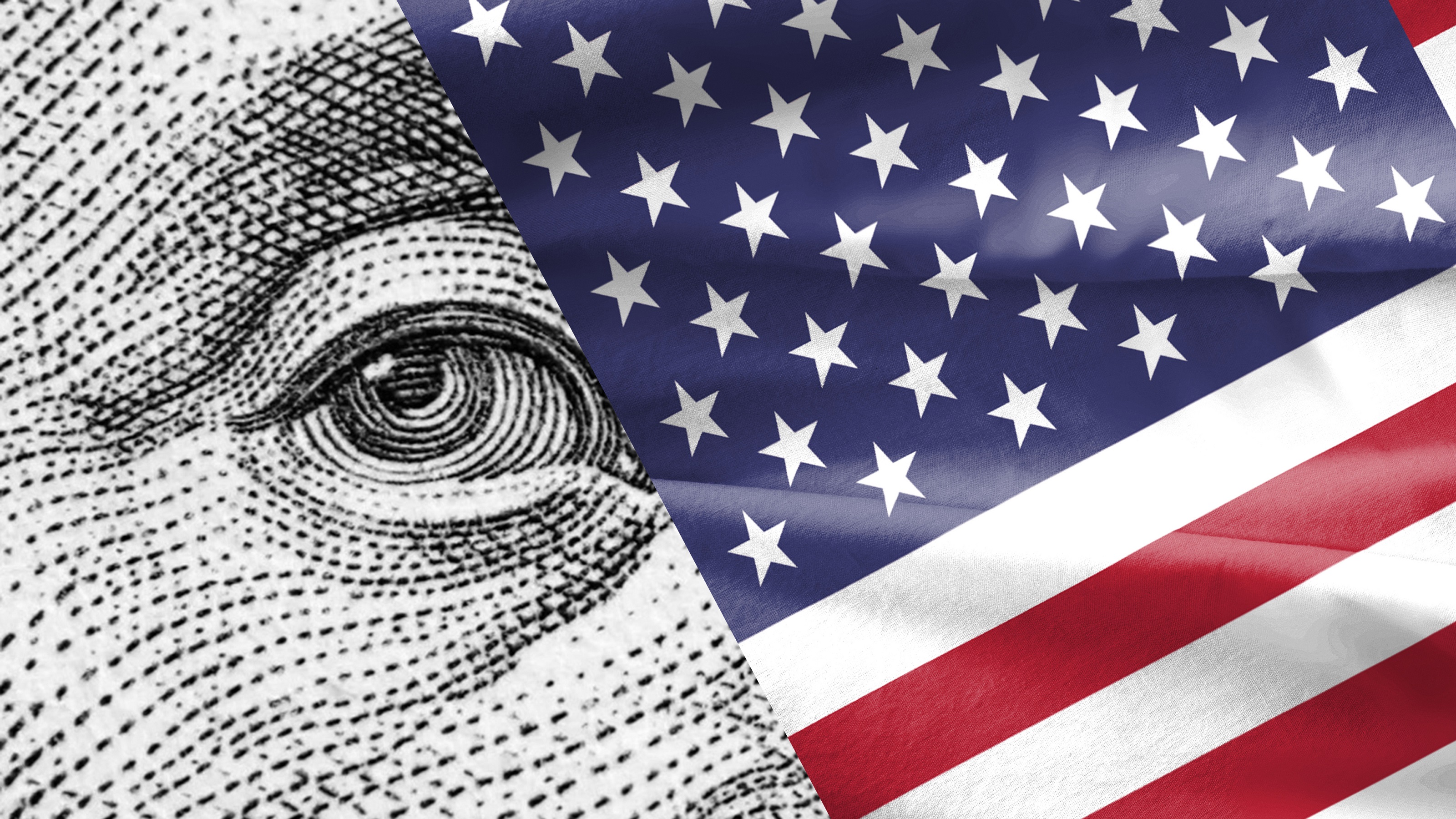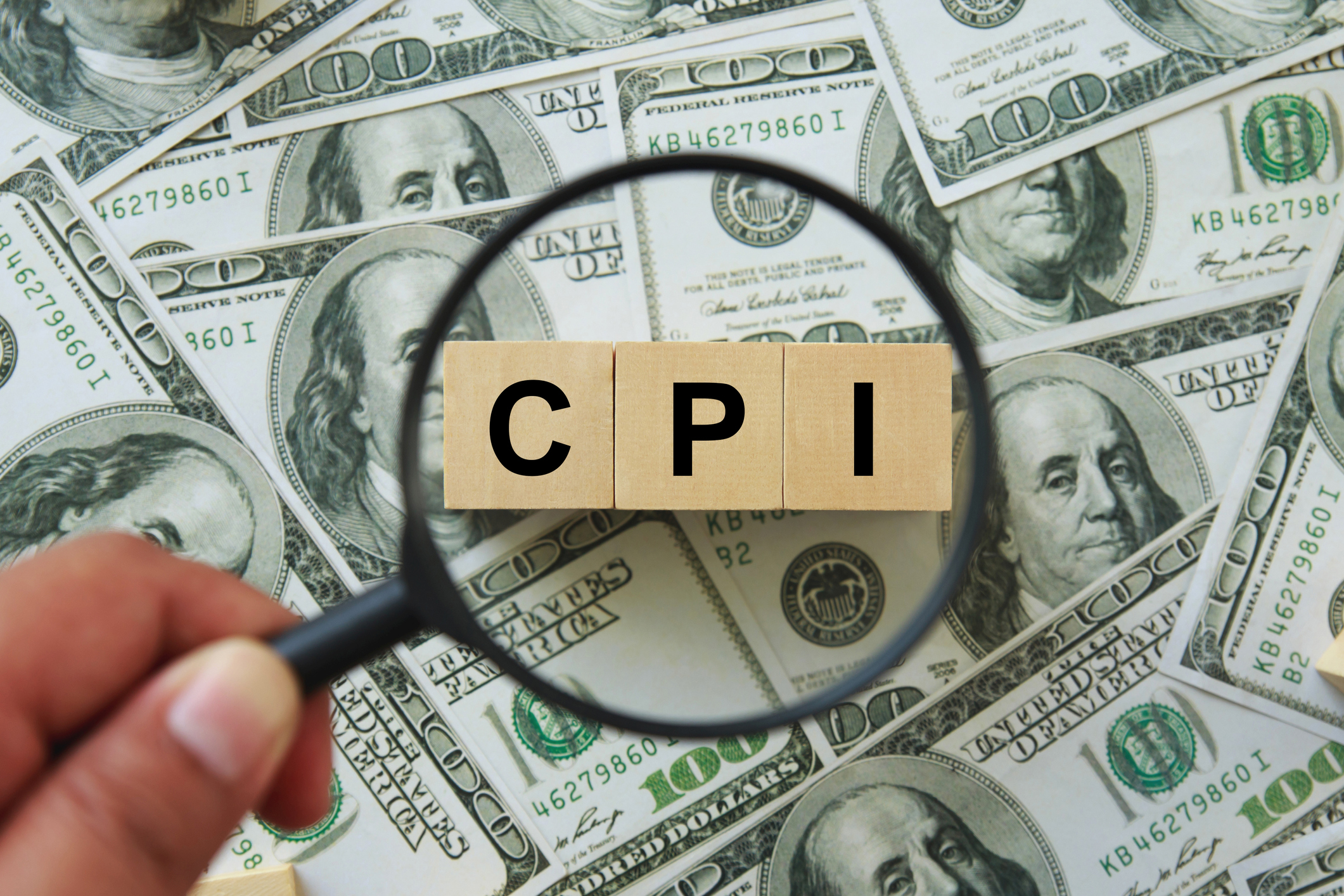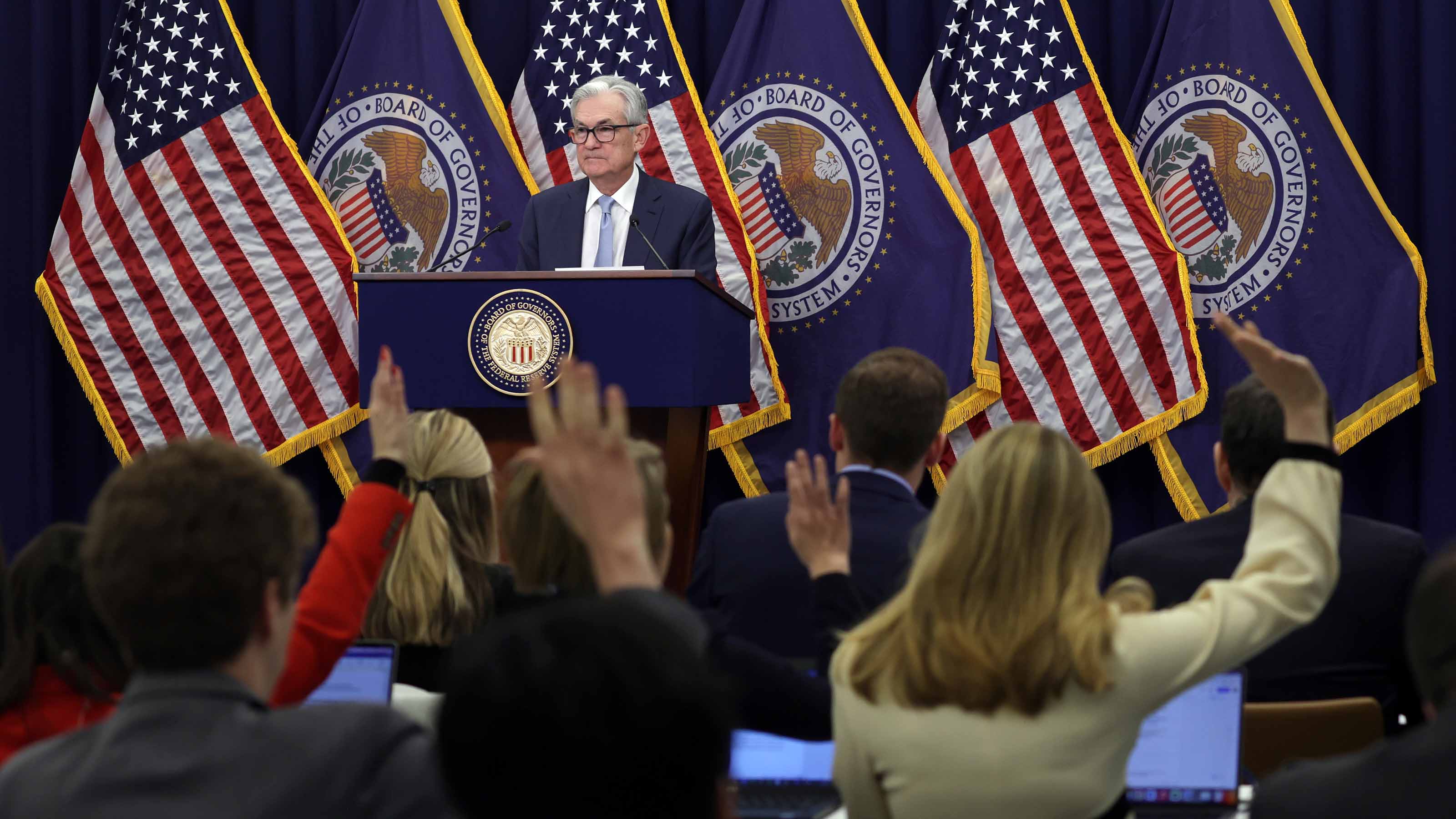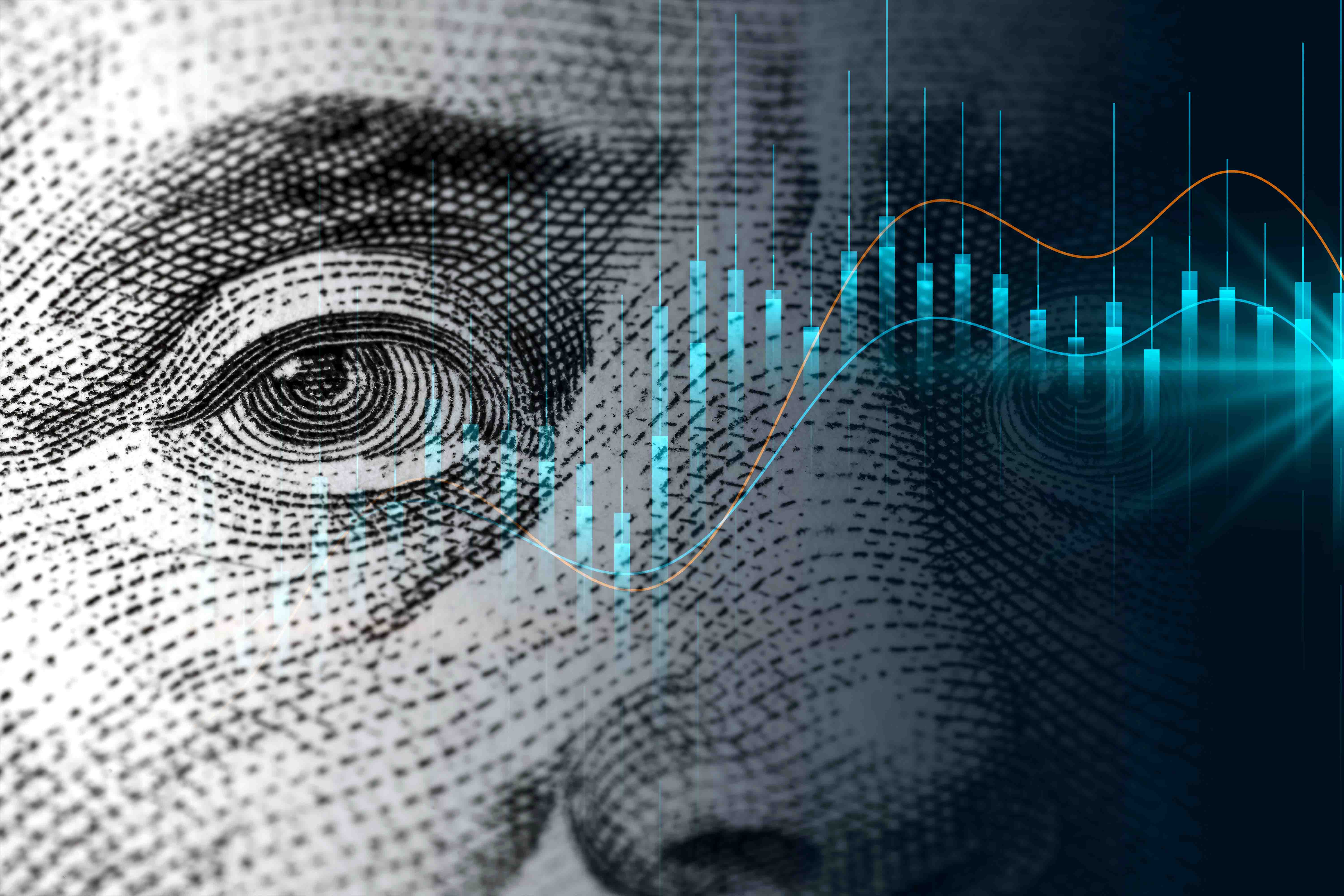The Inflation Spike Probably Won't Last
Long-term demographic and economic trends will keep a lid on future price hikes.


Jim Paulsen is chief investment strategist at the Leuthold Group, an investment research and money management firm.
Prices on everything from lumber to eggs have been rising. What’s behind this recent surge in inflation? We took the economy from a depressionary bust to a wartime boom in less than a year, and when you do that, companies just can’t keep up. There really isn’t any precedent in the postwar era in which you combine an economic crisis with a health crisis. Companies cut everything to the bone to stay open. That would have been fine if you had a normal recession, but this one ended about as soon as it started. This is why we don’t have enough shipping containers, we don’t have enough homes, we don’t have enough semiconductor chips.
Do you think the Fed is pushing up prices? With massive monetary and fiscal stimulus, economic policymakers have done everything they possibly can to produce inflation. Moreover, the Federal Reserve has adopted a lot of the political agenda of the Treasury Department. Their new joint philosophy is to “go big” with support for the economy. They believe disinflationary forces in the world remain so strong that economic growth can be boosted with policy accommodation without causing significant inflation.

Sign up for Kiplinger’s Free E-Newsletters
Profit and prosper with the best of expert advice on investing, taxes, retirement, personal finance and more - straight to your e-mail.
Profit and prosper with the best of expert advice - straight to your e-mail.
Do you agree? What will prevent long-term, 1970s-era inflation? There is so much more competition we didn’t have in the 1970s that will continue to act as a disinflationary force. There’s a strong relationship between the growth of the labor force and inflation trends. In the 1970s, the labor force grew 2.5% a year. That’s a lot of new people getting money they can spend. By contrast, in the five years ending in 2019, the U.S. labor force grew just barely over 1%. Not only do we have far slower labor force growth today, we’ve also got a much older demographic. Older populations tend to grow more slowly and generate less inflationary pressure. Demographic trends are even worse in Japan and Europe than in the U.S., and what gets less attention is that the poster child for the emerging world, China, probably has the worst demographics of all because of its former one-child policy. Plus, U.S. global openness is so much more pronounced than it was in the ’70s. Then, we were essentially a closed economy with a small proportion of international business. Now, we’re the opposite of that. Our largest companies do more business abroad than they do here.
You’ve also cited technology as an “inflation slayer.” Why is that? In recent years, the technology sector has enjoyed its third-most-dominant period of stock market leadership of the postwar era. If you look at the performance of technology going back to 1950, whenever you had major technology runs, over the next three years you had a major pickup in productivity. I think we’re in the midst of that now. Technology connotes disruption, new products, more capital being added to the labor force—all things which enhance productivity. When workers get to use new methodologies, they can produce more per hour, causing the cost of labor and inflationary pressures to lessen.
With that in mind, how long will this period of inflation last? I think in the short term we’ve created a big mismatch between supply and demand, which is leading to higher prices. This could continue through the rest of this year and perhaps the early part of next year. However, the odds are that by this time next year, production will catch up with demand.
Get Kiplinger Today newsletter — free
Profit and prosper with the best of Kiplinger's advice on investing, taxes, retirement, personal finance and much more. Delivered daily. Enter your email in the box and click Sign Me Up.

Block joined Kiplinger in June 2012 from USA Today, where she was a reporter and personal finance columnist for more than 15 years. Prior to that, she worked for the Akron Beacon-Journal and Dow Jones Newswires. In 1993, she was a Knight-Bagehot fellow in economics and business journalism at the Columbia University Graduate School of Journalism. She has a BA in communications from Bethany College in Bethany, W.Va.
-
 Designing Your 'Immortal' Financial Plan
Designing Your 'Immortal' Financial PlanExplore an approach that offers solutions for those navigating the intersection of longevity, fulfillment and financial security.
By Dennis McNamara
-
 How to Protect Your Privacy While Using AI
How to Protect Your Privacy While Using AIHow to keep your information and finances safe while using AI, including ChatGPT and Perplexity.
By Bob Haegele
-
 What DOGE is Doing Now
What DOGE is Doing NowThe Kiplinger Letter As Musk's DOGE pursues its ambitious agenda, uncertainty and legal challenges are mounting — causing frustration for Trump.
By Matthew Housiaux
-
 A Move Away From Free Trade
A Move Away From Free TradeThe Letter President Trump says long-term gain will be worth short-term pain, but the pain could be significant this year.
By David Payne
-
 Trump’s Whirlwind Month of Crypto Moves
Trump’s Whirlwind Month of Crypto MovesThe Kiplinger Letter The Trump administration wants to strengthen U.S. leadership in the cryptocurrency industry by providing regulatory clarity.
By Rodrigo Sermeño
-
 CPI Report Puts the Kibosh on Rate Cuts: What the Experts Are Saying About Inflation
CPI Report Puts the Kibosh on Rate Cuts: What the Experts Are Saying About InflationCPI Consumer price inflation reared its ugly head to start the year, dashing hopes for the Fed to lower borrowing costs anytime soon.
By Dan Burrows
-
 What To Know if You’re in the Market for a New Car This Year
What To Know if You’re in the Market for a New Car This YearThe Kiplinger Letter Buying a new car will get a little easier, but don’t expect many deals.
By David Payne
-
 Fed Leaves Rates Unchanged: What the Experts Are Saying
Fed Leaves Rates Unchanged: What the Experts Are SayingFederal Reserve As widely expected, the Federal Open Market Committee took a 'wait-and-see' approach toward borrowing costs.
By Dan Burrows
-
 What Could Derail the Economy This Year?
What Could Derail the Economy This Year?The Letter While the outlook for the U.S. economy is mostly favorable, there are plenty of risks that bear watching.
By David Payne
-
 CPI Report Keeps the Fed on Track: What the Experts Are Saying About Inflation
CPI Report Keeps the Fed on Track: What the Experts Are Saying About InflationCPI Disinflation in key areas of consumer prices should help the Federal Reserve stick to its policy path of gradual cuts to interest rates.
By Dan Burrows